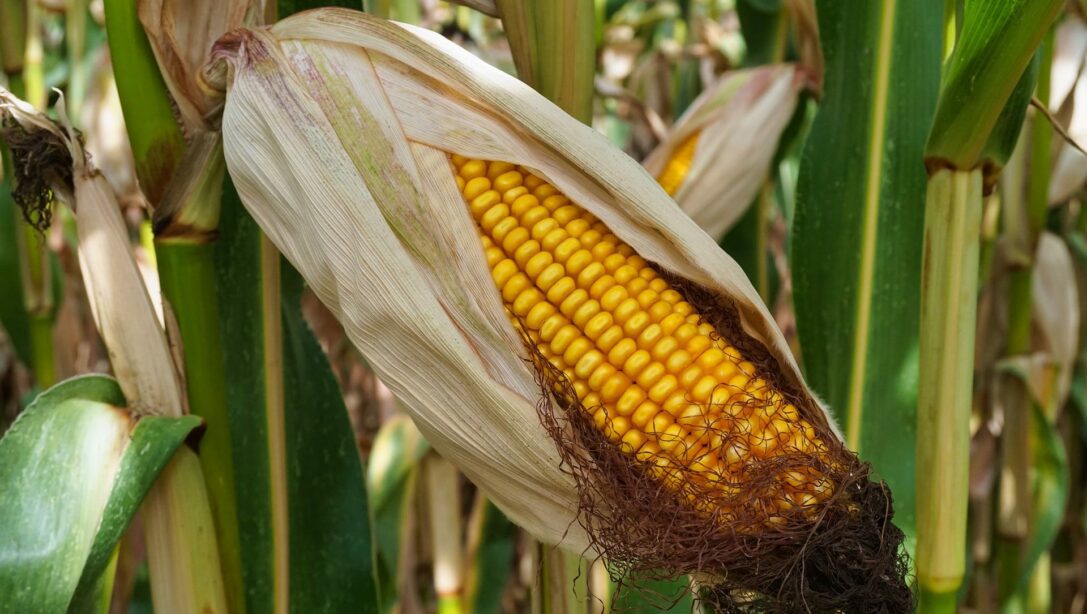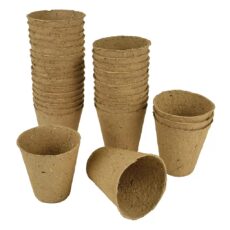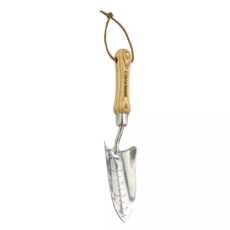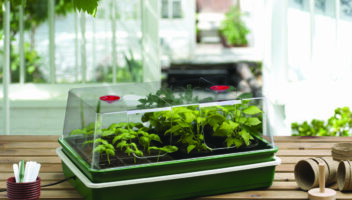When you picture growing corn, you may envision great runs of corn stalks in fields. But, it is not too difficult to grow sweetcorn in your own garden and you certainly don’t need acres of space.
The result should be a deliciously sweet harvest of corn in late summer to early autumn.
Sweetcorn Seed Varieties
Some of our recommended varieties of sweetcorn to try are:
Sweetcorn F1 Moonshine
This variety is extremely sweet and juicy, highly regarded for its flavour. It is harvested from August to October.
Sweetcorn F1 Goldcrest
This midseason variety of sweetcorn is ideal for the UK climate. It produces a complete husk that protects the cob within and is known for vigorous growth.
Sweetcorn F1 Sundance
This sweetcorn variety is early-maturing and high-yielding, producing a plentiful supply of well-filled cobs from August to early September.
Sweetcorn Summer Glow
A deliciously sweet variety that produces attractive yellow and white corns on a single cob. It should cope well even in more difficult, cooler locations.
Sweetcorn Swift
This is an early sweetcorn variety. It grows quickly, serving as a reliable producer of crops and performs well even in cooler temperatures.
Sweetcorn Conqueror F1
A super-sweet variety that produces an excellent yield of large crops. The strong-growing plants should perform well even when the British summer doesn’t.
Sowing Sweetcorn Seed Indoors
If you want to get a head start with your sweetcorn sowing, you can sow seeds indoors from April. Be sure to sow seeds individually into different pots for the best results.
Once all risk of a frost has passed and your plants are 15cm or more in height, plant them outdoors. Your sweetcorn will benefit from being gradually hardened-off as you bring them outside – i.e. bring them outdoors for increasing amounts of time over a 7 – 10 day period before planting in the ground.
Planting Sweetcorn Outdoors
If you prefer to plant sweetcorn seeds directly outdoors, wait until there is no longer any risk of frost – May is usually the best month.
When planting sweetcorn in your garden vegetable patch or allotment, it is most effective to sow plants in a block. This is because sweetcorn is pollinated by wind / air movement blowing the pollen from the flowers on to the tassels below. It needs pollen from one plant to blow on to the tassels of another (cross-pollination). By planting in a block, opposed to a single row, you are much more likely for them to be successfully pollinated and ripen properly.
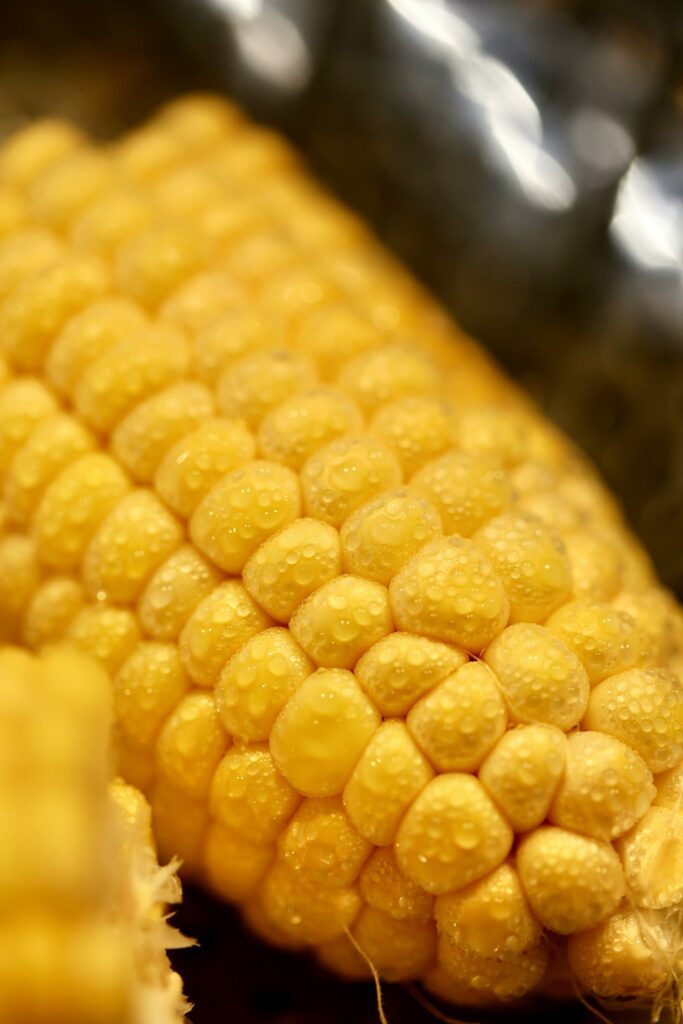
Plant the seeds two to a hole in your block formation. Leave a space of approximately 40cm between each plant to give the best possible chance of success.
When the plants have germinated, leave the strongest one growing and remove the weaker one. If you’re careful enough and have space you can replant the strongest of your weaker plants to gain more total yield.
Add a layer of mulch around the base of the plant to help it retain moisture during the summer months.
If you are planting out your sweetcorn that you started indoors, the same principle applies. Leave a gap of approximately 40cm between each plant – unlike sowing from seed, you will only want to place one plant per hole of course!
View Our Collection of Vegetable and Herb SeedsCaring for Your Sweetcorn
Caring for your sweetcorn is essential to ensure that you get a healthy and bountiful harvest. One crucial aspect of sweetcorn care is regular watering, especially during dry spells. Sweetcorn plants have shallow roots meaning that they are particularly sensitive to drought conditions as well as strong winds.
To support your sweetcorn plants for optimal growth and development ensure that the soil remains consistently moist but not waterlogged. Additionally, consider mulching around the base of the plants to help retain moisture and suppress weed growth.
Regular and adequate hydration is essential for sweetcorn plants, especially during the critical stages of pollinations and cob development.
By maintaining proper watering practices you can promote robust plant growth and maximise your sweetcorn yield.
When to Harvest Sweetcorn
The harvest time for your sweetcorn will depend on the variety, but the majority of sweetcorn varieties in the UK are harvested in August and September.
The tell-tale sign that your sweetcorn is ready for harvesting is when the tassels coming out of the end of the cobs go dark brown. This shows that they have picked up pollen and fertilised, which is needed in order to produce and ripen the individual corns.
Test your sweetcorn by peeling back the sheaf and gently squeezing one of the kernels. If the liquid that comes out is a milky colour, the sweetcorn is ripe and ready. If it’s clear, leave it longer.
If there is no liquid at all, you may, unfortunately, be too late harvesting.


